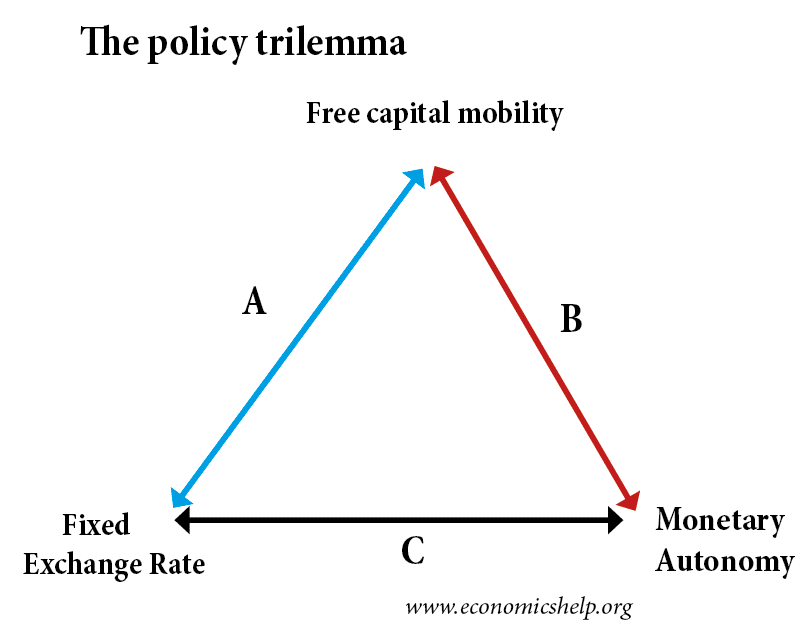Forecast for Pound Sterling in 2013
A look at the future prospects for the Pound in the coming months of 2013. The Sterling index measures the value of the Pound Sterling against a basket of trade weighted currencies. In Dec 2011 the index was 80.4 By Oct 2011, the exchange rate index has increased to 83.6 This modest appreciation in the …

